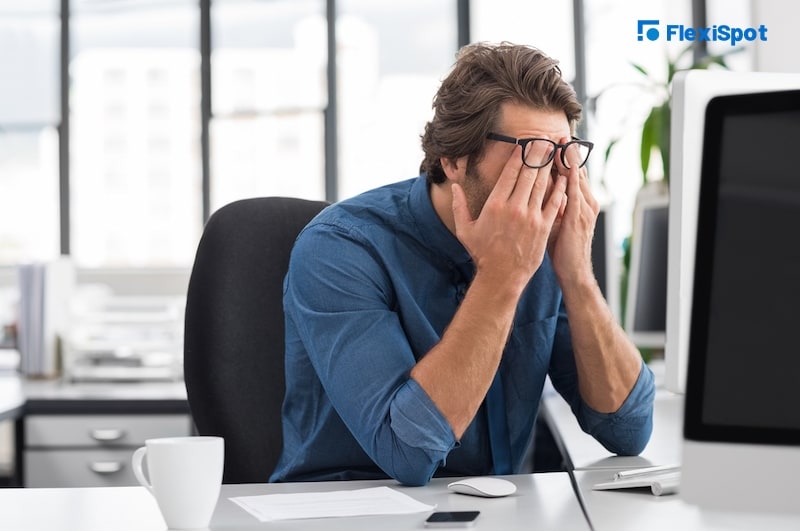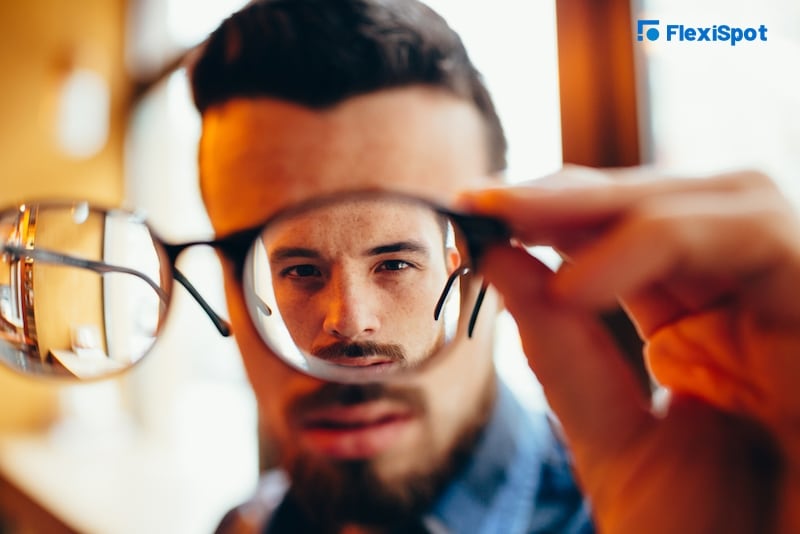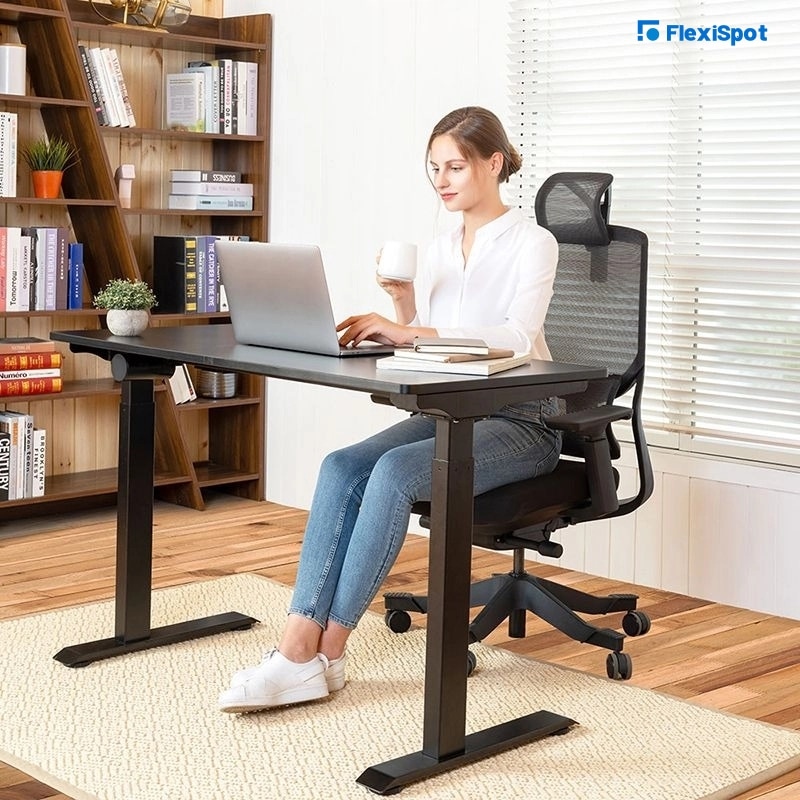I have been nearsighted for the longest time. The first signs of blurriness from a distance manifested when I was fourteen. I received the diagnosis after a year because it was affecting my life. In school, sitting at the back of the classroom meant I had to squint so hard to see what was going on in front of what our lesson was for the day. This strained my eyes more—not a pleasant experience when you have a lot of load in your hands.
When I became more active on my computer, my nearsighted eye condition seemed to have worsened. Even though I was already wearing eyeglasses at this time, exposure to the computer screen made me squint more. The small characters were all blurry to me up to the point that I had to put adhesive on the monitor.
Because of my eye strain, I also suffered from a stiff neck and severe headache. It was not comfortable at all, to say the least. And it’s not a pleasing experience to many others who are also nearsighted and suffer from a condition called myopia. Squinting may seem like harmless behavior but it could actually lead to health nightmares. Of course, exposure to radiation is also not an ideal situation. This is where FlexiSpot enters the picture. Its innovative ergonomic solutions, particularly the ergonomic office chair, could help reduce tension in the eyes, neck, and head.
What is Myopia
In medical circles, nearsightedness is known as myopia or an abnormality of the eye that resulted from a faulty refractive ability. As the name suggests, people who suffer from myopia could only see things clearly when the objects are near them. Anything distant will automatically be blurred out by their eyes. Individuals who are always on their devices are more likely to suffer from myopia.
In fact, in 2019, 27% of the world’s population has myopia. The majority of this percentage comprises late teenagers and adults from East Asia—the prevalence of myopia being at 80 to 97% in this region.
More importantly, myopia is caused by multiple factors. There was a study that linked the nearsighted condition to genes but only a fraction of it. Cases of myopia are mostly caused by the following environmental factors: (1) lots of time spent at work; (2) few outdoor hours; (3) lack of Vitamin D; (4) inadequate light exposure (natural light is recommended because it has been found to slow down the worsening of the condition to people who already have it); (5) (poor diet).
Too much exposure to electronics could of course strain the eyes, as well as overworking. Vitamin D is important to increase cell communication in the eyes so lack thereof could cause myopia. High intake of sugary food or drinks is discouraged because these food options don’t optimize eye vision. Other than that, a high-fat diet of processed food worsens eye conditions including AMD or age-related macular degeneration.

Myopia can also be caused by other health conditions such as diabetes or cataract. When you also work using intense visual computers, visual stress is real and may worsen myopia.
But people don’t take nearsightedness that seriously even though it’s the main cause of vision impairment and second to the highest cause of blindness. It also affects adults and not just children younger than 20 years old.
Eye discomfort also causes myopia. Ellie Dolgin wrote a report for Nature citing Australian research that linked myopia and time spent indoors. After three years of observing around 4,000 students from primary and secondary school, the study found that the students developed myopia after nonstop online games and time on the computer.
Adults also experience the same strain. They suffer from visual stress after spending 9 or more hours in front of the computer. They are more susceptible to this condition caused by the following: (1) poor lighting; (2) exposure to radiation due to long hours in front of the computer screen; (3) improper viewing distances; and (4) poor sitting posture.
We couldn’t avoid these factors especially if we have a 9 to 5 job that involves exposure to a computer screen. But that doesn’t mean we can’t do any steps to stop myopia from further progressing. An ergonomic chair can enhance posture with adequate lumbar support, reducing pressure on the shoulder and neck.
How an Ergonomic Chair can Help a Patient Cope with the Condition
The ergonomic chairs of FlexiSpot were designed and created with the worker in mind. If you have long work hours, these would help give you a premium comfortable experience. FlexiSpot’s options are particularly constructed to give a total headrest. When your head is not positioned properly in a sitting position, you might feel pain in your head area that will surely affect your eyes that make them strained or heavy.
One recommendation from FlexiSpot is the Soutien Ergonomic Office Chair. Not only is it aesthetically pleasing and could give you the ultimate seating experience, but these are also the following benefits:
It has a reliable lumbar support system.
It has an elegantly curved backrest that will support your neck and spine. Because of this, you no longer need to draw your face closer to the monitor or squint your eyes to get a maximum view.
It features a backrest tilt that allows for an easy seating adjustment. When you feel that your eyes are heavy or are already dry from long hours looking at your computer screen, then you could just adjust as you deem fit.
Final Words
Myopia is a condition that’s becoming more prevalent with the continued rise of technology in our modern times. More exposure to electronics is one of the factors why people eventually suffer from nearsightedness. To comfort your eyes, you may invest in ergonomic products that will help correct your posture and adjust your seating position accordingly.
A Soutien ergonomic office chair from FlexiSpot could do just that and you would notice yourself that you are feeling less strain in sensitive parts like your eyes.



